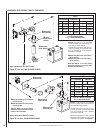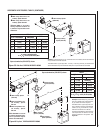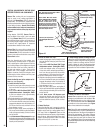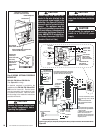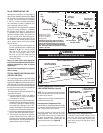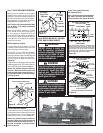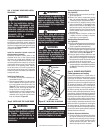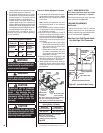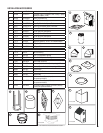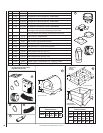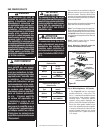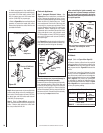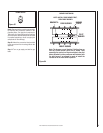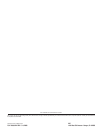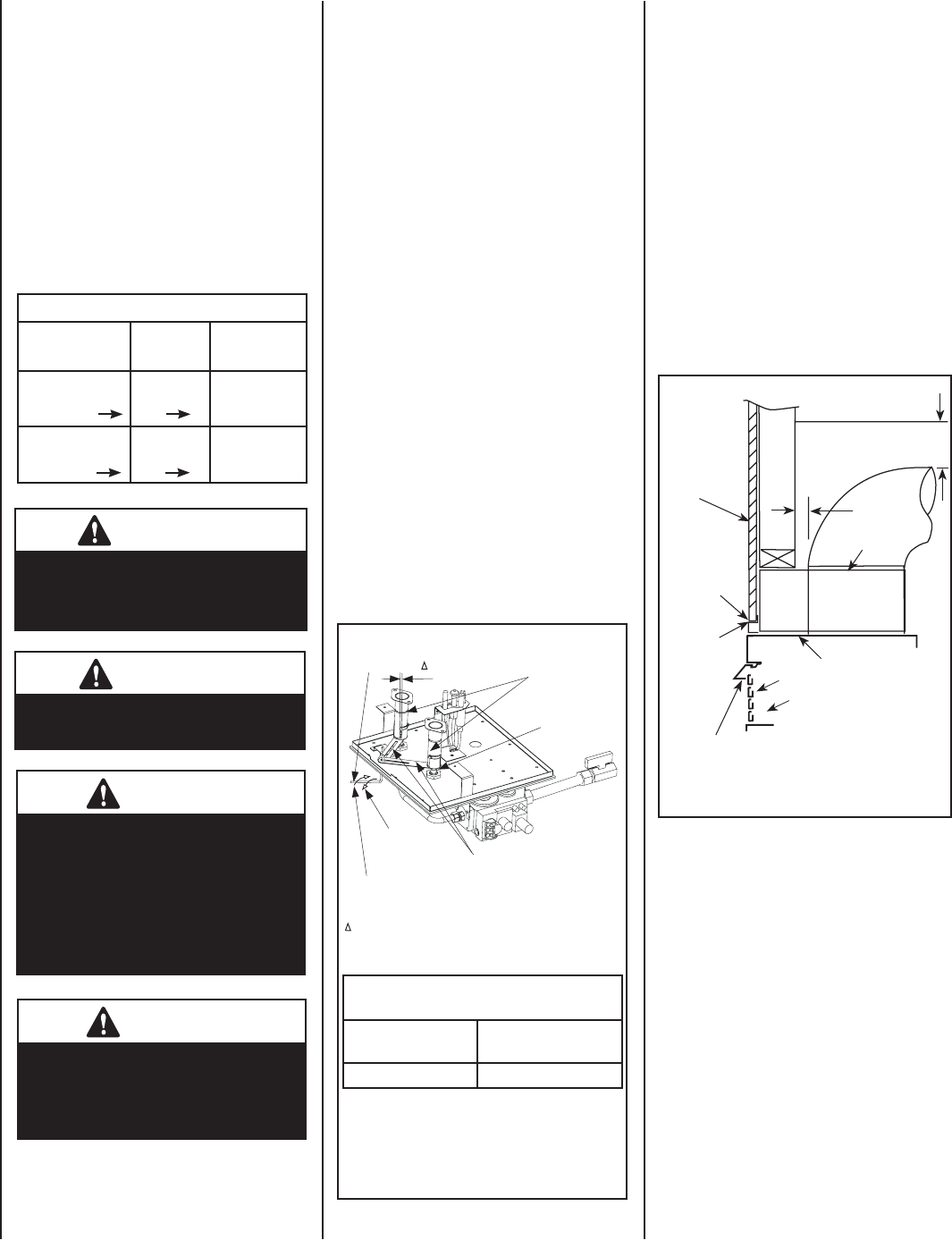
NOTE: DIAGRAMS & ILLUSTRATIONS ARE NOT TO SCALE.
30
Ref. Air shutter Patent:
U.S. Pat. 5,553,603
WARNING
Air shutter adjustment should only
be performed by a qualifi ed profes-
sional service technician.
WARNING
Ensure glass panels are in place
and sealed during adjustment.
CAUTION
Carbon/soot will be produced
if the air shutter is closed too
much. Any damage due to
carbon/sooting resulting from
improperly setting the air shut-
ter is not covered under the
warranty.
CAUTION
The air shutter door and nearby
appliance surfaces are hot. Exer-
cise caution to avoid injury while
adjusting fl ame appearance.
Air Shutter Adjustment Guidelines:
Amount of
Primary Air
Flame
Color
Air Shutter
Adjustment
If air shutter is
closed too far
Flame will
be orange
Air shutter
gap should be
increased
If air shutter is
open too far
Flame will
be blue
Air shutter
gap should be
decreased
• The more offsets in the vent system, the larger
the air shutter opening will need to be.
• An appliance operated with the air shutter
opened too far, may have fl ames that appear
blue and transparent. These weak, blue and
transparent fl ames are termed anemic.
• Propane models may exhibit fl ames which
candle or appear stringy. If this is present and
persists, adjust the air shutter to a more closed
position, then operate the appliance for a few
more minutes to ensure that the fl ame normal-
izes and the fl ames do not appear sooty.
The following chart is provided to aid you in
achieving the correct air shutter adjustment
for your installation.
Burner Air Shutter Adjustment Procedure
1. Locate adjustment rod and adjust air shutter
to the standard setting as shown in Figure
56 (adjustment rod is located in the lower
control area).
Note: Rotating the adjustment rod coun-
terclockwise decreases air and clockwise
increases air.
2. Light appliance (follow lighting procedure
on lighting label in control compartment or
see homeowners manual).
3. Allow the burner to operate for at least 15
minutes while observing the fl ame continu-
ously to ensure that the proper fl ame appear-
ance has been achieved (see Figure 52). If
the following conditions are present, adjust
accordingly.
• If flame appears weak or sooty, adjust
the air shutter, incrementally, to a more
open position until the proper fl ame
appearance is achieved.
• If fl ame stays lowered blue, adjust the
air shutter, incrementally, to a more
closed position until the proper fl ame
appearance is achieved.
4. Leave the control knob (off/pilot/on) in the
ON position and the burner OFF/ON switch
OFF (& remote switches, if applicable).
5. When satisfi ed that the burner fl ame ap-
pearance is normal, close the lower control
compartment door then proceed to fi nish
the installation.
Combustible
Finished
Wall Materials
Top of Appliance
Combustible
material may
touch
appliance
top
Louvers
Top of Door Frame
Hood must be installed as shown.
3"
(76 mm)
This Area Must
Remain Clear of
Combustible
Materials
1 in. Min.
(25 mm)
Drywall
Bracket/Spacer
Top Spacers
Figure 57 - Combustible Wall Framing
Figure 56
***Main Burner Factory Air Shutter
Opening Setting - All Models
Natural Gas
inches (millimeters)
Propane Gas
inches (millimeters)
* TWO 1/8 (3) Slots ** TWO 11/16 (17) Slots
Adjustment Rod Positions, viewed from above:
* Natural Gas - fully clockwise
** Propane- fully counter clockwise
***Settings are shown for each burner.
Air Shutter
Adjusting
Rod
Air Shutter
Adjusting
Arms
Orifice
Increase Shutter
Opening In This
Direction
Decrease Shutter
Opening In This
Direction
Air Shutter
Opening
Burner
Venturi
Tube
Note - Both air shutters open and close simultaneously
when the air shutter adjusting rod is moved.
Note - Burners are omitted in this view for clarity.
Step 11. HOOD INSTALLATION
All of these appliances must have hoods
installed prior to operating (see Figure 57).
Slide the hood into the slots on the lower edge
of the cabinet top (see Figure 57).
FINISHING REQUIREMENTS
Wall Details
Complete fi nished interior wall. To install the
appliance facing fl ush with the fi nished wall,
position framework to accommodate the thick-
ness of the fi nished wall (Figure 57).
See Page 5 for Cold Climate Insula-
tion and Page 9 for Clearances.




